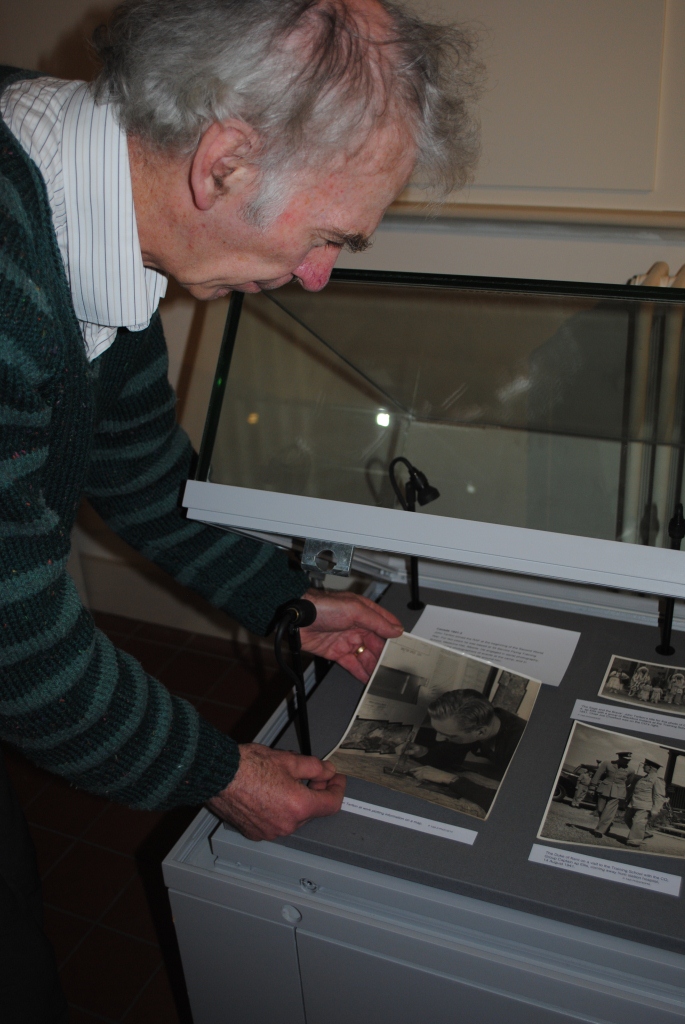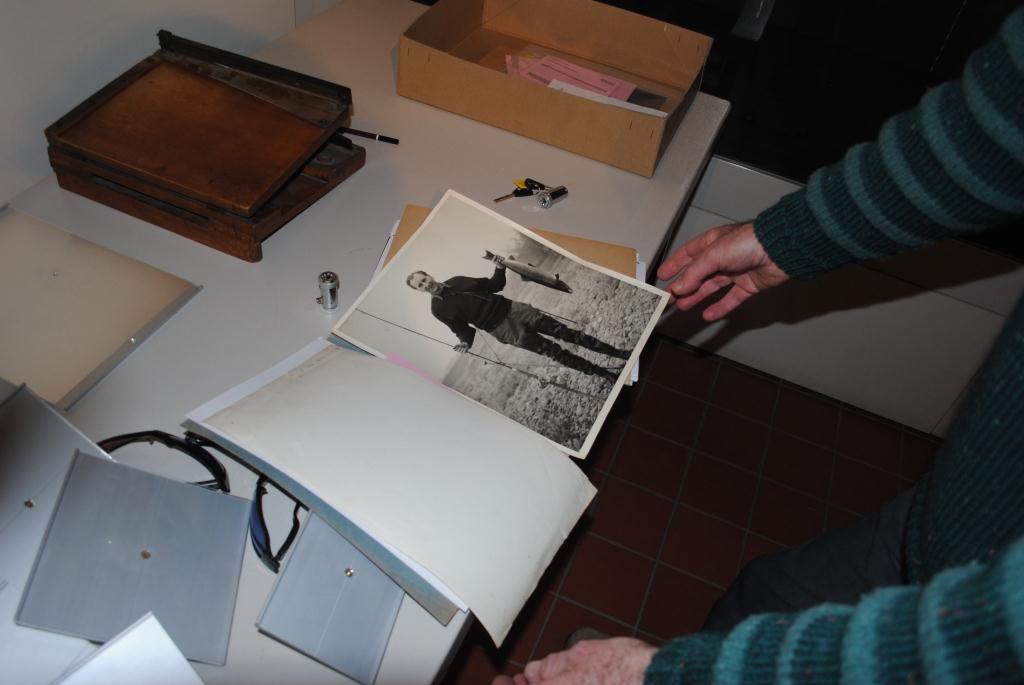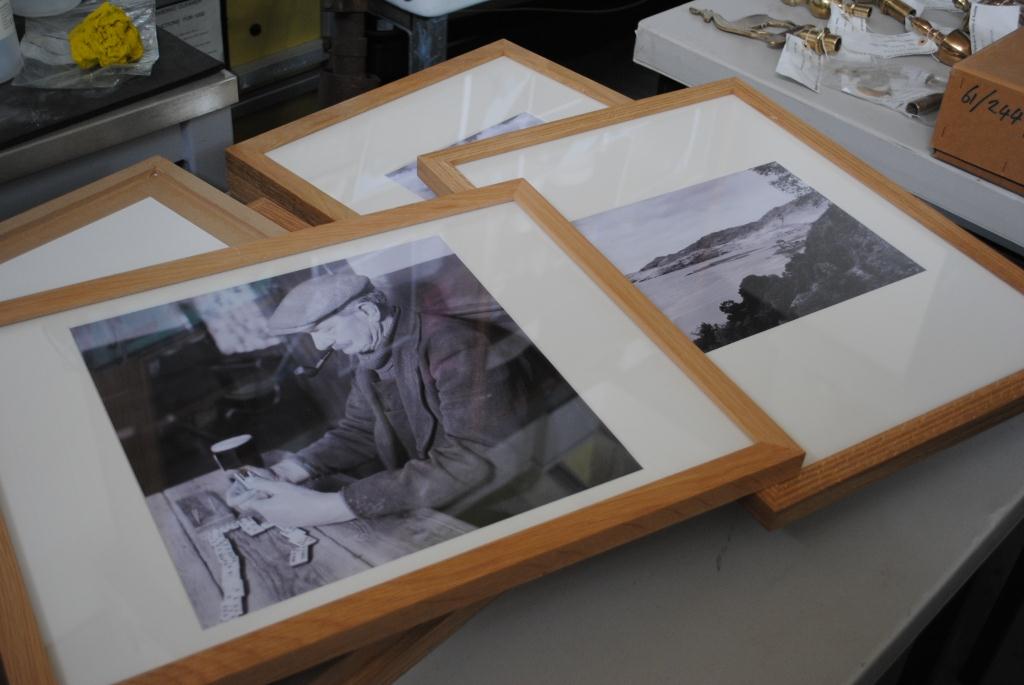written by Jonathan Brown, guest curator. Jonathan Brown had curatorial responsibilty for MERL’s archive and photographic collections for many years. He is now a Hon. MERL fellow.
John Tarlton is coming. He is almost here. He is the subject of MERL’s summer exhibition, and it has been my privilege to have been involved in its preparation. One of the text banners says I’m ‘guest curator’ or some such, which seems rather grand when it’s really been a collaborative effort involving members of MERL across the spectrum.
Who, then, is John Tarlton? He was (he died in 1980) a photographer. A good one, but not one to win awards from art and photography academies or for his photojournalism. He was a commercial photographer, providing photographs for popular magazines, books, advertising and businesses. He was one of thousands in the same trade. We don’t even know the names of a lot of them, but they perhaps had more effect on daily life than those whose award-winning prints sell for thousands. For these commercial photographers create the popular visual aesthetic to our age, the equivalent, perhaps, to the music that forms the aural background. They are the photographers with whom the amateur can most easily identify.
John Tarlton photographed the British countryside and country people. He worked for magazines, such as Country Life and The Field – that’s why his photographs have ended up in the Museum’s archive collections.
He worked from the late 1940s to the 1970s, and was quite prolific: there are 12,000 photographs in the collection at MERL, and we know of more that didn’t reach us. It made choosing a few for an exhibition a hard task – even after stretching it beyond the confines of the normal temporary exhibition space, so that some are to be found around the main galleries.
I needed to pinpoint a few themes. Some were broad, such as Tarlton’s interest in the country sports of shooting and fishing – there can’t be a trout stream in England he didn’t photograph. Some could be specific: Tarlton was a native of Essex, but, rather than range around the county, I kept to a few photos from his native village. Another decision which helped concentrate the selection was to include only his work in black and white. There were temptations to have some colour, but I resisted.
It’s been a few years since I last prepared an exhibition. Then the layout was planned on graph paper. Now I have a digital camera as well: photographs of the walls on which the exhibition was to hang, felt-tip outlines on the prints, after detailed tape measurements. Not as neat as graph paper, but reasonably clear.
The exhibition is almost all mounted. It officially opens on 4 May and runs until 8 September. I hope you enjoy it.
Details are available on the MERL website





